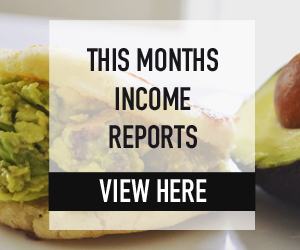What is the Education System Like in Colombia?
Introduction
Colombia, a country located in South America, is known for its vibrant culture, stunning landscapes, and delicious cuisine. However, one aspect that often goes unnoticed is its education system. As a foreigner in Colombia, you may be wondering what the education system is like in this country. In this blog post, we will delve into the nuances of the Colombian education system and provide you with a comprehensive understanding of how it works.
What is the structure of the Colombian education system?
The education system in Colombia is divided into three main levels: primary education, secondary education, and higher education. Primary education, also known as basic education, is mandatory and free for all children between the ages of 5 and 15. Secondary education is not mandatory but is highly recommended, and it consists of two cycles: basic secondary education (grades 6-9) and mid-secondary education (grades 10-11). Higher education includes universities and technical institutions and is available to students who have completed secondary education.
What are the types of schools in Colombia?
In Colombia, there are two types of schools: public and private. Public schools are funded by the government and are free for students to attend. Private schools, on the other hand, are funded by tuition fees and are usually of higher quality than public schools. However, they can be quite expensive, and not all families can afford to send their children to private schools.
How is the quality of education in Colombia?
The quality of education in Colombia varies depending on the region and type of school. While some private schools offer high-quality education, many public schools lack resources and have overcrowded classrooms. Additionally, there is a significant disparity between urban and rural areas, with rural schools typically having lower quality education. However, the Colombian government has been working towards improving the education system, and in recent years, there has been an increase in the quality of education across the country.
What is the curriculum like in Colombian schools?
The curriculum in Colombian schools is set by the Ministry of Education and is focused on providing students with a well-rounded education. The primary education curriculum includes subjects such as Spanish, mathematics, social studies, science, and physical education. In secondary education, students have the option to choose between an academic or technical track, with the academic track preparing them for university and the technical track providing vocational training.
How do students in Colombia perform academically?
According to the Program for International Student Assessment (PISA), which evaluates the performance of 15-year-old students in reading, mathematics, and science, Colombia ranks below the average in all three subjects. However, the country has shown improvement in recent years, and the government is continuously working towards improving the academic performance of its students.
Are there any unique features of the Colombian education system?
One unique feature of the Colombian education system is the “Jornada Única” or “Single Shift” program. This program was implemented in 2016 and aims to provide students with a full day of school, with additional extracurricular activities and meals. This program is particularly beneficial for children from low-income families who may not have access to proper nutrition outside of school.
What are the challenges faced by the Colombian education system?
The main challenges faced by the Colombian education system include inadequate funding, low teacher salaries, and a lack of resources in public schools. Additionally, there is a significant dropout rate, especially among students from rural areas, due to economic reasons. However, the government has been implementing reforms to address these challenges and improve the overall education system.
Conclusion
The Colombian education system may have its challenges, but it is continuously improving, and the government is taking steps to ensure that all children have access to quality education. As a foreigner in Colombia, understanding the education system can help you better navigate the country and its culture. We hope this blog post has provided you with a comprehensive overview of the education system in Colombia.
Other ways people asked this question
- What is the education system like in Colombia for foreigners?
- How does the Colombian education system compare to other countries?
- Are there any unique features of the education system in Colombia?
- What are the main challenges faced by the education system in Colombia?
- How is the quality of education in Colombia?













